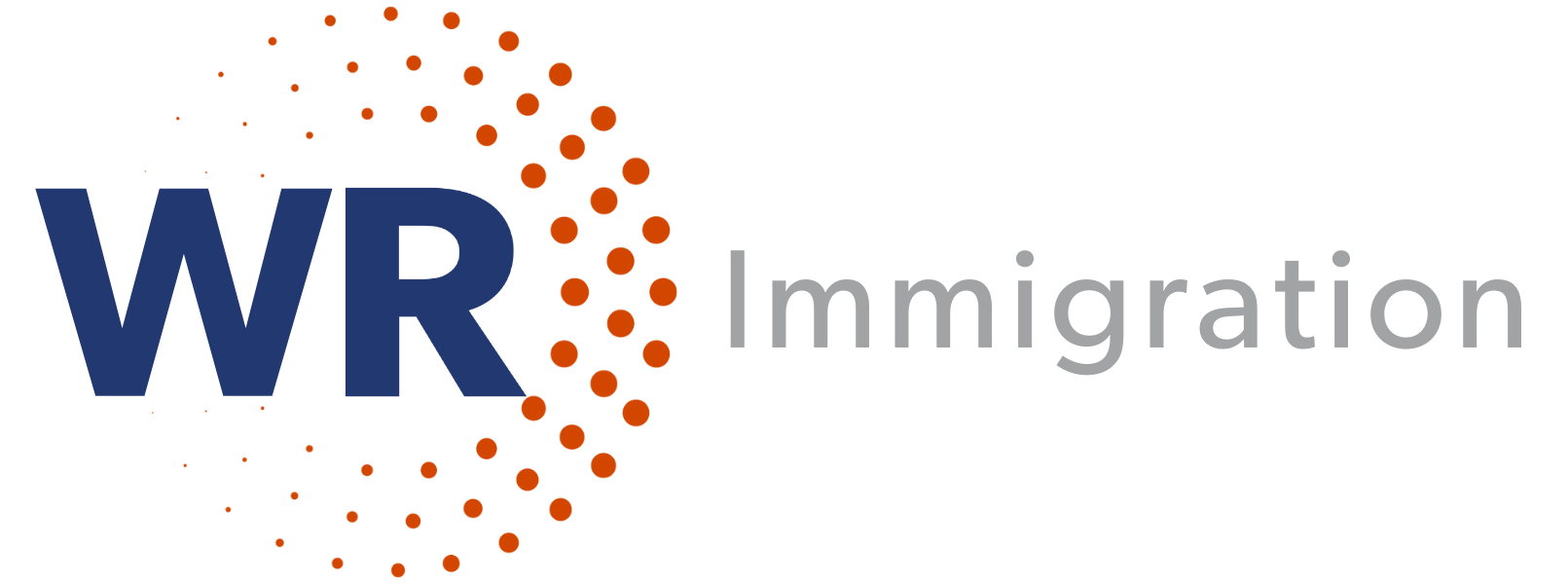In this edition, find the latest news on filing windows for H-2B applications, new H-2A hourly wage rates, the CIS Ombudsman annual report and more!
Three-Day Filing Window Opens July 3 for H-2B Applications with October 1 Start Dates
The Department of Labor’s Office of Foreign Labor Certification (OFLC) reminded employers and other interested stakeholders that the three-day filing window to submit an H-2B Application for Temporary Employment Certification (Form ETA-9142B and appendices) requesting a work start date of October 1, 2023, will open on July 3, 2023, at 12 a.m. ET and close on July 5, 2023, at 11:59 p.m. ET. October 1, 2023, is the first day of the semiannual visa allotment for the first half of fiscal year 2024. Applications will be denied if they are filed before July 3.
OFLC said that after the three-day filing window has closed, the agency will randomly order applications for assignment to analysts for review and processing. OFLC provided filing tips:
- Only one application per job opportunity should be filed to prevent duplicate filings and delayed processing.
- If “yes” is selected for “Board, Lodging, or Other Facilities” under section F.d.5, Form ETA-9142B, and deductions other than those required by law may be made from the worker’s pay, details should be included about the deductions and amounts to cover the reasonable cost of board, lodging, and other facilities in section F.d.6.
- The employer must submit with its application a copy of the job order being submitted concurrently to the State Workforce Agency (SWA) serving the area of intended employment. The job order submitted must be a copy of the actual job order or a completed job order form used by the SWA for posting in its job clearance systems.
- Original signatures and dates on Appendix B must be current.
Details:
- “Office of Foreign Labor Certification Reminds Employers and Stakeholders of the H-2B Application Filing Timelines for October 1, 2023, Start Dates of Work,” OFLC (June 30, 2023). https://www.dol.gov/agencies/eta/foreign-labor
OFLC to Provide Additional Info on New 2023 H-2A Hourly AEWRS for Non-Range Occupations Using OEWS
A Federal Register notice published on June 16, 2023, by the Department of Labor’s Employment and Training Administration (ETA) updated the Adverse Effect Wage Rates (AEWRs) under the H-2A temporary agricultural employment program that apply to a limited set of H-2A job opportunities for which the AEWR is determined using the Bureau of Labor Statistics Occupational Employment and Statistics Survey (OEWS). The notice provided OEWS-based AEWRs for (1) the field and livestock workers (combined) category in Alaska, the District of Columbia, Guam, Puerto Rico, and the U.S. Virgin Islands, and (2) job opportunities outside of that category throughout the United States and its territories.
ETA said it will publish a separate notice in December 2023 providing updated AEWRs for this category in the 49 states for which the Department of Agriculture’s Farm Labor Survey provides data. Updated information will be posted on OFLC’s AEWR page on the Foreign Labor Application Gateway in July, OFLC said.
Details:
- “Office of Foreign Labor Certification Provides Additional Information on New 2023 H-2A Hourly Adverse Effect Wage Rates (AEWR) for Non-Range Occupations Using the Occupational Employment and Statistics Survey (OEWS),” OFLC (June 30, 2023). https://www.dol.gov/agencies/eta/foreign-labor
CIS Ombudsman Releases Annual Report for 2023
The Office of the Citizenship and Immigration Services (CIS) Ombudsman’s Annual Report for 2023 examines the effects of backlogs and additional challenges facing the agency. It recommends actions USCIS can take to address the human consequences and detrimental effects on the agency of backlogs.
Among other topics, the CIS Ombudsman reviewed requests for evidence (RFEs) in L-1 intracompany transferee petitions, specifically looking at RFEs issued for extension petitions for the L-1A and L-1B nonimmigrant categories. The report notes that the CIS Ombudsman has received stakeholder reports of overly broad and burdensome RFEs, duplicative RFEs, inconsistent adjudications, lack of deference to previous decisions, and a misunderstanding of the standard of proof.
To improve the quality of RFEs in L-1 petitions, the CIS Ombudsman recommends that USCIS take steps to:
- Develop and provide training that ensures adjudicators understand how to apply the preponderance of evidence legal standard to the evidence typically presented in each type of case;
- Develop and provide annual training to ensure that adjudicators know how to comply with applicable regulations for L-1 extension cases;
- Streamline the L-1 extension petition adjudication for cases involving the same facts with no material changes (such as the same petitioner/beneficiary/job);
- Update RFE templates and systems to ensure that they are current, understandable, and concise; and
- Establish a robust quality assurance program for RFEs.
Details:
- CIS Ombudsman’s Annual Report 2023 (June 30, 2023). https://www.dhs.gov/sites/default/files/2023-06/2023%20Annual%20Report%20to%20Congress_0.pdf
I-9 Verification Flexibilities Ending Soon
Employers will have an additional 30 days to comply with Form I-9 requirements after COVID-19 flexibilities sunset on July 31, 2023, according to the Department of Homeland Security (DHS) and U.S. Immigration and Customs Enforcement (ICE). These flexibilities were first announced in March 2020 due to the COVID-19 pandemic and subsequently extended several times. DHS encourages employers who have been using these temporary flexibilities “to plan ahead to ensure that all required physical inspection of identity and employment eligibility documents is completed” by August 30, 2023.
The flexibilities deferred the requirement that employers review employees’ identities and employment authorization documents in the employees’ physical presence, instead allowing that to occur remotely, with the expectation that physical inspection would occur within three business days after normal operations resumed. ICE said employers could continue to implement the flexibilities “until affected employees undertake non-remote employment on a regular, consistent, or predictable basis, or the extension of the flexibilities related to such requirements is terminated, whichever is earlier.”
Under the flexibilities, employers could examine the employees’ documents remotely (e.g., over video link, fax, or email) and enter “COVID-19” as the reason for the physical examination delay in the Section 2 Additional Information field on the Form I-9 when physical examination took place in the future. Once the employees’ documents were physically examined, the employer would add “documents physically examined” with the date of examination to the Section 2 Additional Information field on the Form I-9, or in Section 3, as appropriate.\
Details:
- “ICE Updates Form I-9 Requirement to Grant Employers More Time to Comply With Requirements,” ICE news release (May 4, 2023). https://www.ice.gov/news/releases/ice-updates-form-i-9-requirement-flexibility-grant-employers-more-time-comply
DHS Publishes Details of TPS Reinstatement/Extension for El Salvador, Honduras, Nepal, Nicaragua
Following the Department of Homeland Security’s (DHS) recent announcement that it was rescinding the Trump administration’s terminations of the temporary protected status (TPS) designations for El Salvador, Honduras, Nepal, and Nicaragua, and reinstating and extending TPS for these countries for 18 months, DHS has published notices for each country in the Federal Register providing the eligibility criteria, timelines, and procedures necessary for current beneficiaries to re-register for TPS and renew their employment authorization documents (EADs).
Re-registration is limited to individuals who previously registered for and were granted TPS under the prior designations of El Salvador, Honduras, Nepal, and Nicaragua. Those who arrived in the United States after the continuous residence dates for these designations are not eligible for TPS, DHS said. The continuous residence dates are February 13, 2001 (El Salvador); December 30, 1998 (Honduras); June 24, 2015 (Nepal); and December 30, 1998 (Nicaragua).
Details:
- DHS news release (June 20, 2023). https://www.uscis.gov/newsroom/news-releases/temporary-protected-status-designations-for-el-salvador-honduras-nepal-and-nicaragua-reinstated-and
- El Salvador, 88 Fed. Reg. 40282 (June 21, 2023). https://www.govinfo.gov/content/pkg/FR-2023-06-21/pdf/2023-13018.pdf
- Honduras, 88 Fed. Reg. 40304 (June 21, 2023). https://www.govinfo.gov/content/pkg/FR-2023-06-21/pdf/2023-13017.pdf
- Nepal, 88 Fed. Reg. 40317 (June 21, 2023).
https://www.govinfo.gov/content/pkg/FR-2023-06-21/pdf/2023-13019.pdf - Nicaragua, 88 Fed. Reg. 40294 (June 21, 2023). https://www.govinfo.gov/content/pkg/FR-2023-06-21/pdf/2023-13246.pdf


